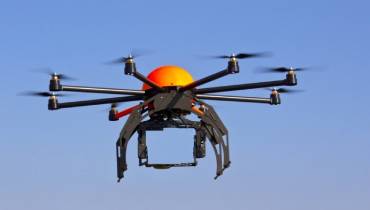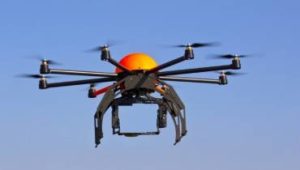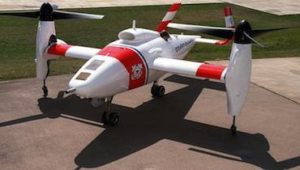This paper discusses ASCA’s experience in applying the Dynamic Flowgraph Methodology (DFM) to a space propulsion system problem specified by the Idaho National Laboratory (INL). This problem serves as a benchmark for comparing and evaluating the capabilities of advanced Probabilistic Risk Assessment (PRA) tools that are suitable for the risk analysis of future space systems.
Future space systems will likely be highly automated, with self-diagnosis and recovery capability. They will be also likely to have multiple configurations to respond to mission events and contingencies. As a result of these complex features, traditional integrated Event/Fault Tree analysis may not be best suited for accurately performing PRA in future space missions.
DFM is a general-purpose dynamic Multi-Valued Logic (MVL) modeling and analytical methodology supported by the Dymonda software tool. This tool and methodology can represent complex, time- dependent systems and processes, with inductive and deductive analysis capabilities that permit the systematic identification and quantification of success and failure events of interest. This benchmark study expands on the experiences of applying DFM in past projects, to include modeling and analysis of the system demand/time-based characteristics and redundancies, as well as the phased mission features of the benchmark problem.
–
S. Dixon and M. Yau, “Extension of CAFTA with Dymonda Module to Analyze Dynamic Accident Scenarios,” Proceedings of the International Topical Meeting on Probabilistic Safety Assessment and Analysis (PSA 2011), March 13-17, Wilmington, North Carolina, 2011




